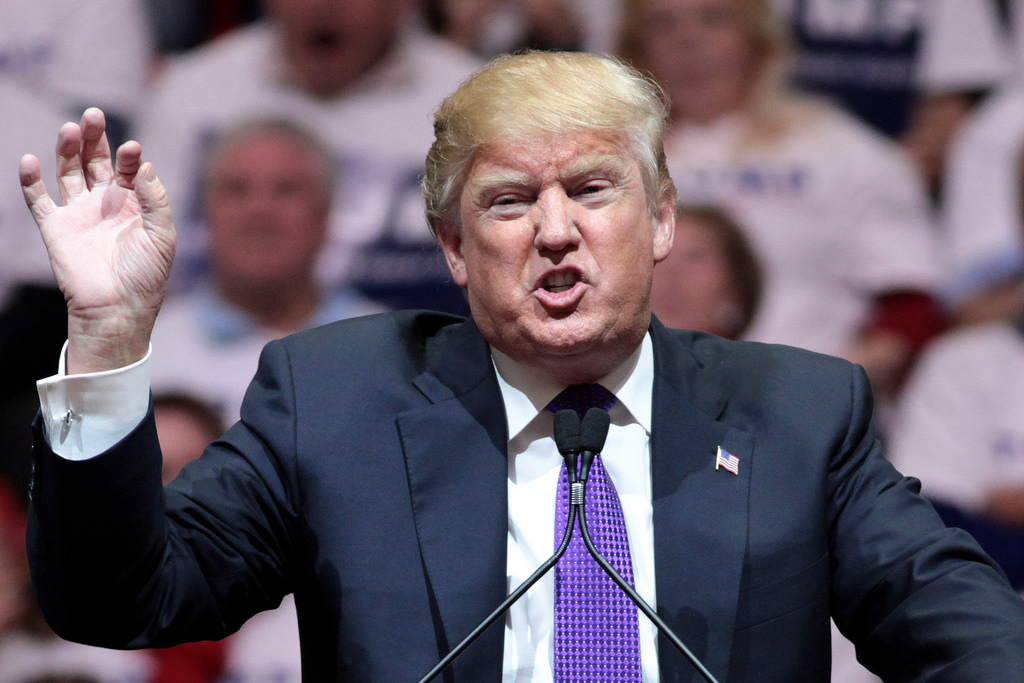Abortion rights, women of color, and LGBTQIA+ people are under attack. Pledge to join us in fighting for gender justice.
I should be celebrating AANHPI heritage month. Instead, I’m grieving.

It’s been over two years since the pandemic began. Over two years since Trump called COVID-19 “kung flu” and racist attacks against Asian Americans began to increase. Just last week there was a shooting targeting an Asian-run hair salon in Dallas, injuring three people. Racist stereotypes fueled by white supremacy have harmed the Asian American community for far too long. American history is littered with anti-Asian exclusion, discrimination, and prejudice, which have been magnified during times of unrest and economic downturn.
The AANHPI is diverse – but we’ve all faced white supremacy.
The first Asians to settle in the United States began around 1750 with a Filipino settlement in Louisiana. Well before that, Filipino sailors landed in colonial Mexico as early as 1587. From the beginning, Asian immigrants were treated as foreigners despite settling, marrying locals, and having kids in the United States. In 1871, the largest mass lynching in American history occurred when 17 Chinese men were murdered by a mob of 500 in Los Angeles. There was also the Chinese Exclusion Act in 1882, the Japanese American concentration camps during World War II, and the 1911 U.S. Immigration Commission deeming Indians as the least desirable of immigrants. The list goes on and on. Today, there are 22.9 million Asian Americans and 1.6 million Native Hawaiian and Pacific Islanders estimated in the 2019 census. And yet, the racism and violence has never stopped.
Most recently we’ve seen Asian elders being pushed on the street, yelled at, and killed. There were the shootings last year that left eight people dead when a white man went on a shooting spree at Atlanta-area spas. Stop AAPI Hate in their latest report cited almost 11,000 self-reported hate incidents against Asian Americans and Pacific Islanders. That number is likely even higher.
Anti-Asian racism doesn’t stop at physical violence from individuals. It’s built into our systems, institutions, and even our laws.
White supremacy also impacts how people get paid too. The AANHPI community is not a monolith and should not be treated as one. There are over 50 ethnicities and over 100 languages and dialects as part of the AANHPI community and with that comes many different experiences. With a community so diverse, the wage gap can range from 50 cents to 96 cents for every dollar white men make – a huge disparity across the community
The ongoing racism, Asian stereotypes, and tropes are even being used to justify abortion bans. False narratives and cherry-picked stories of infanticide from China and India are fueling sex-selective abortion bans all over the country that threaten Asian Americans’ abortion access and perpetuate racial stereotypes. Legislators use tropes about Asian families’ preference for boys to justify abortion restrictions, despite these stereotypes being debunked. And the thing is – these bans will disproportionately affect AANHPI women who are at the intersection of low wages and discrimination.
This month marks Asian American Native Hawaiian Pacific Islander (AANHPI) Heritage month and while I would love to spend this whole month solely celebrating the rich and intricate histories, experiences, and culture of AANHPI people, we can’t ignore that white supremacy is also woven into the history and heritage of the United States. White supremacy fueled the violence and rise of hate crimes against the AANHPI community, it fuels the ongoing violence against the Black community, and it fuels the policies that aim to control our bodies. Racist theories originating from white supremacists like the “great replacement” is what motivated the white shooter to target Black people and kill 10 people and injure three in Buffalo last week.
We can’t acknowledge the achievements that AANHPI people have accomplished without also acknowledging the racism and barriers that are at work to control, harm, and kill AANHPI people. White supremacy, not only harms AANHPI people but it actively works to oppress all people, not just Black and Brown people, but also white people. It’s something we all should be collectively fighting against.





